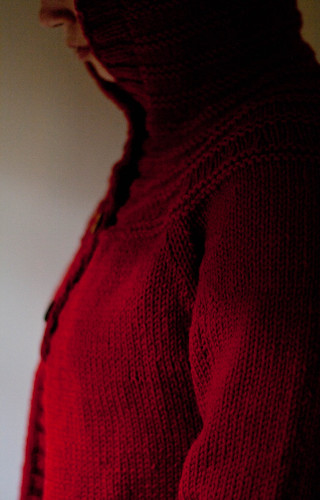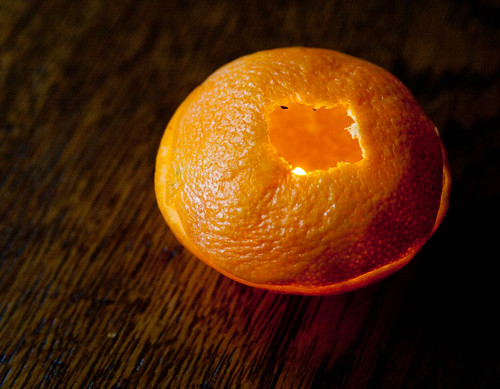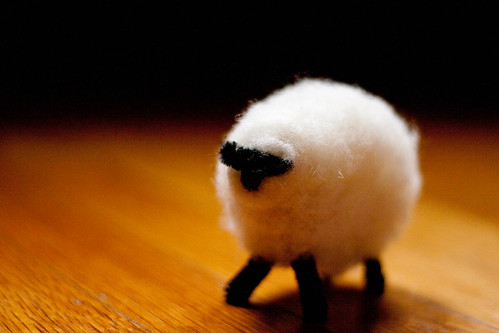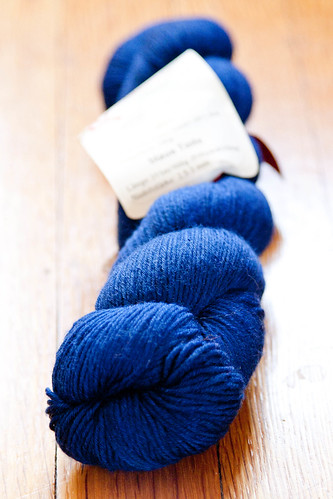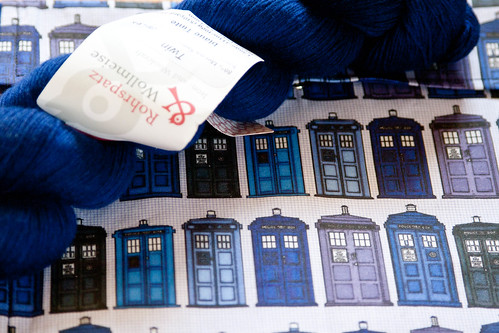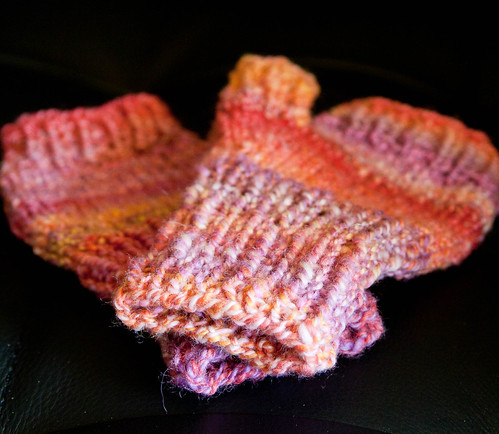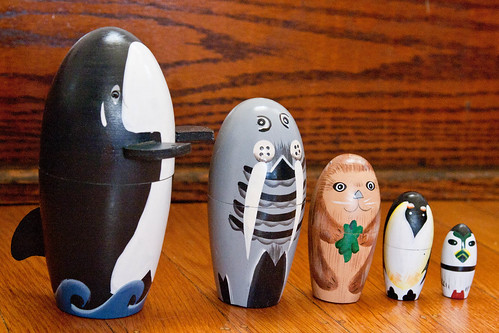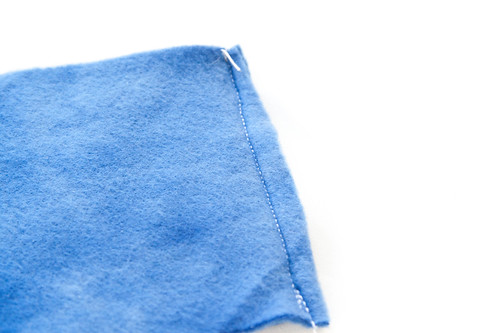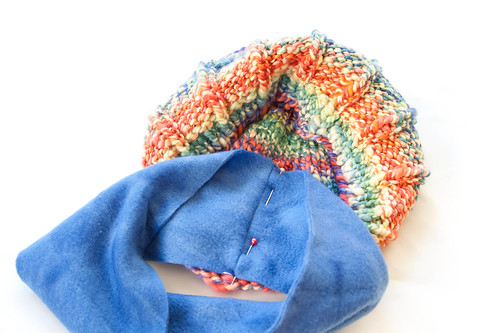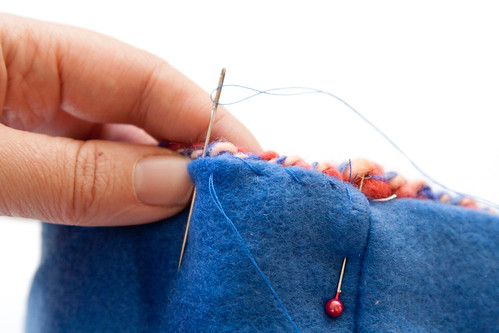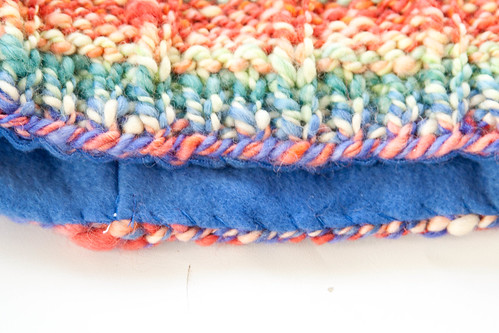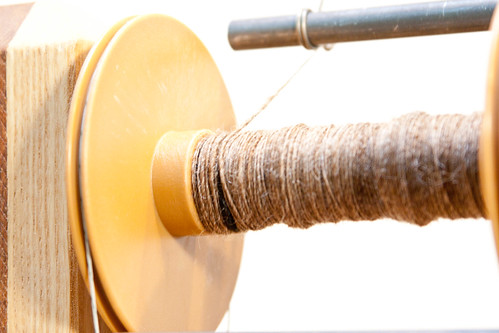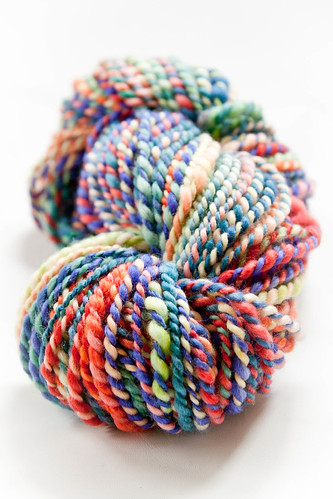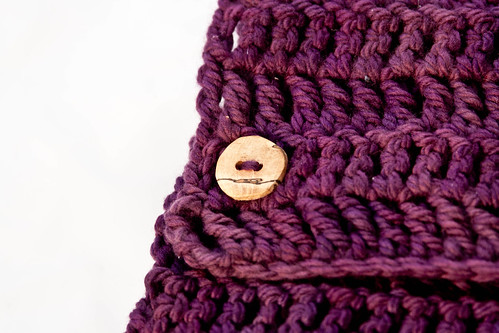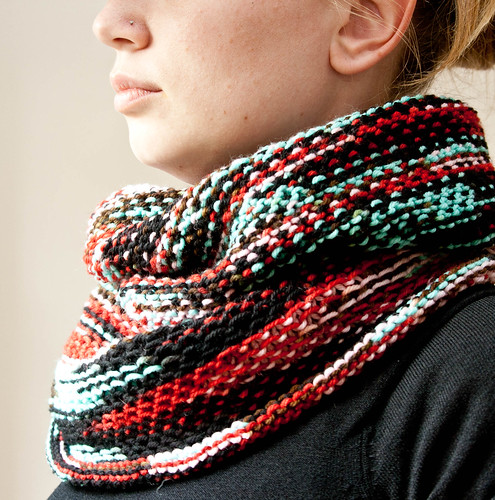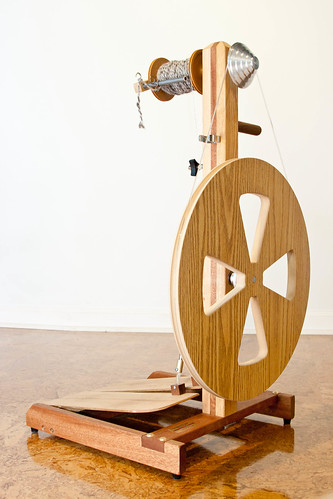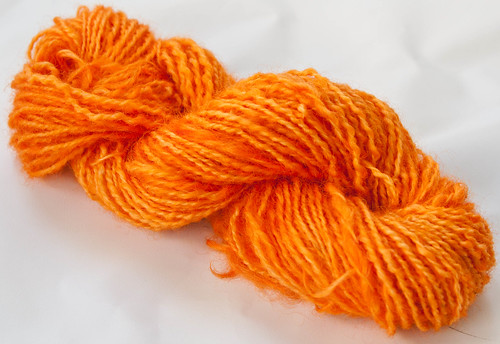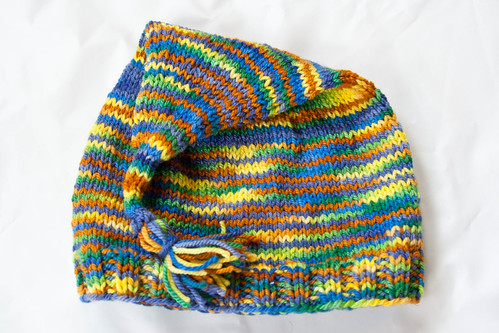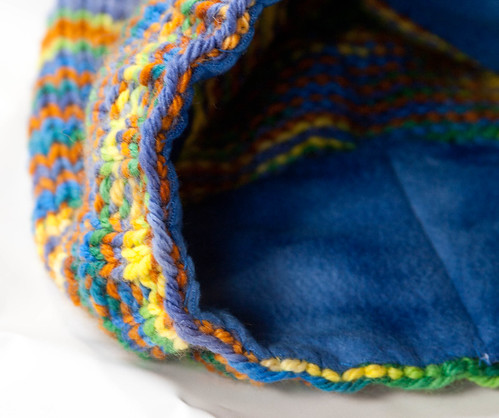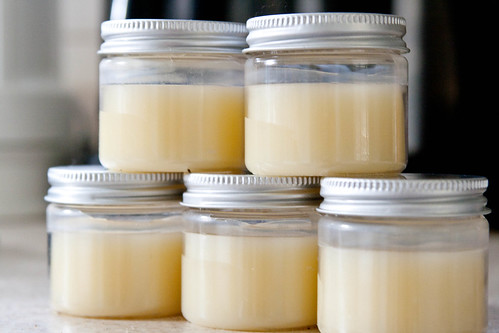I was a part of an interesting discussion this morning, on the resurgence of traditional crafting/making in my generation after it's decades long hiatus. It has served as a fodder upon which my somewhat obsessional mind has chewed for a few hours now.
The consensus of the discussants was that women initially rebelled against domestic handicrafts as a rejection of society's patriarchal mantle, and neo-feminists are reclaiming the skills as a merger between the traditional and the modern (I know this is not a novel theory). Women today, in theory, perform these very domestic activities as a rejection of the primary women's right movement. They are creating their own model of femininity, an amalgam of what they inherently desire to do, not what they feel they ought to.
I think it goes further than that. There seems to be a growing cultural movement, not just for traditional women's crafts, but also for urban farming (and farming in general), woodworking, and metalsmithing (among many other traditional forms of occupation). It is not that women are inherently developing more of an interest in traditional women's work, but rather women are also participating in traditional men's work, and men have a renewed interest in traditional women's work.
People of my generation, who have been brought up through the development of the cyber world, are finding an increased need for the tangible.
Once, handmade items contained value. Each item of clothing took considerable time and effort to make. The fiber was grown (by animal or plant), harvested, cleaned, carded, spun, woven/knit, then sewn/finished. Each piece of furniture was first a tree. Each meal was dependent on the delicate balance of natural elements and toil. Following the industrial and agricultural revolutions, it has become consistently easier to fill our bellies and purchase material goods. We no longer have a need to mend things that are broken. We live in a disposable culture. I believe the people who are taking up the mantle of the traditional work are fighting against this. They know the value of an item is in the time and energy that went into creating it. That in today's theorectical world, where most of our employment is performed in the cerebral realm, there is real importance in working with our bodies and connecting with our history. So many creative traditions have been lost, and the skill sets are fading. It is important that as the world becomes more complex, we do not lose our simplicity. There is meaning in creating something of use with human hands. It is not just that the items have value; the process itself is paramount.

